Ladies on the Mic: Maya Jane Coles, Nina Kraviz, Ikonika, and More Decide Whether to Sing Along
A noticeable edge hardens in Cassy Britton‘s tone when the conversation turns to the subject […]
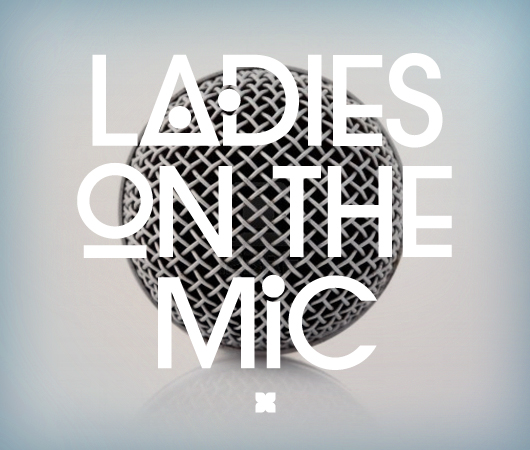
Ladies on the Mic: Maya Jane Coles, Nina Kraviz, Ikonika, and More Decide Whether to Sing Along
A noticeable edge hardens in Cassy Britton‘s tone when the conversation turns to the subject […]

A noticeable edge hardens in Cassy Britton‘s tone when the conversation turns to the subject of women in electronic music. “First of all,” says the Panorama Bar resident, bristling slightly, “it’s extremely logical that less women are making dancefloor beats, because fewer women are interested in machines, and the music as such. It’s always been a thing that guys are more interested in machines… I seriously don’t care.”
Discussing any issue related to sexism in electronic-music culture with a female producer or DJ is often a delicate operation. Many, like Britton, are irritated or exhausted by the topic, which has dogged them throughout their careers and has been picked over, explained, and exaggerated countless times. The most common justification for the dearth of female producers and DJs holds that men, unlike women, are culturally conditioned from childhood to manipulate technology, and are therefore more comfortable and inclined to make music with machines. In the words of BPitch Control label boss Ellen Allien, it’s because men “grow up with the father, they start to rebuild the car, the bike, and also the computer. They learn from childhood to be a technician.” Women, on the other hand, “are not so nerdy, because they grow up different. Many learn in school to play piano and sing.”
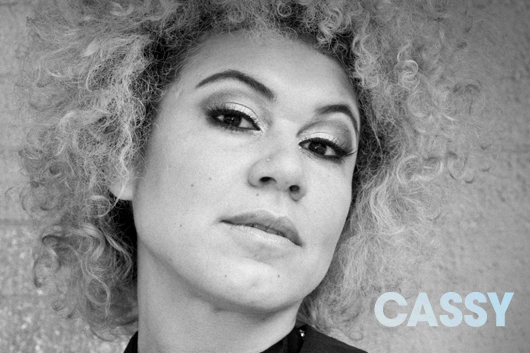
It’s understandable that artists like Allien and Britton are bored of the subject, especially now that an increasing number of female artists are staking out prominent spots in the electronic-music landscape. In 2012 and early 2013, Cooly G, Laurel Halo, Ryat, Julia Holter, Nina Kraviz, Holly Herndon, Grimes, Ikonika, Maya Jane Coles, Ellen Allien, Natasha Kmeto, and numerous others released debut albums or added significant new records to their catalogs. Oddly enough, though there seems to be more women making electronic music than ever, it sometimes also feels as though the number of women involved in crafting specifically club-oriented tunes is diminishing. Some, like Laurel Halo (who declined to be interviewed for this article) and Grimes, steered clear of straight-ahead dancefloor music, opting for more traditional songwriting structures driven by catchy hooks, striking vocal performances, or dismantled and abstract lyricism. (That said, it should be noted that Laurel Halo’s forthcoming EP for Hyperdub appears to find her returning to a techno-oriented template.) Still, even some artists who first made a name for themselves in club-music circles, like Cooly G (who also declined to be interviewed for this article), Kraviz, and Coles, have recently revealed records that featured an unprecedented use of their own voices, shifting their focus—at least in part—away from crafting dancefloor tracks in favor of experimenting with avant-pop forms.
Interestingly, when male artists in the electronic sphere take this producer/singer approach—James Blake, Matthew Dear, and Jamie Lidell are all prime examples—they’re viewed as outliers and hailed as innovators, a notion that Kraviz rejects. She argues that it’s a “very male-invented tradition to sing or talk over the music,” and cites several seminal producers as examples, among them Juan Atkins, Drexciya, Moodymann, and Theo Parrish. “Most of the pioneers in electronic music have been using their own male vocals,” Kraviz says. She has a point, but in 2013, there’s at the very least a widespread perception that male artists who use their own vocals—either as short samples or in longer verses—are in the minority, while the opposite is true of their female counterparts.
Photo by Yulia Skya
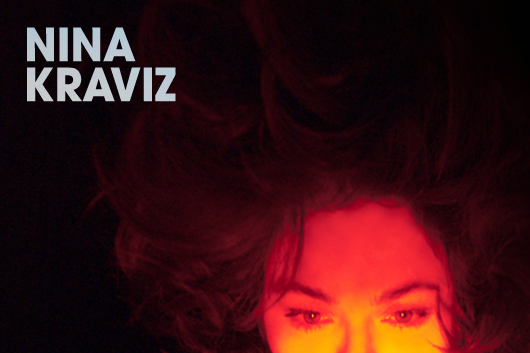
“Depending on what culture you grew up in, some people are more encouraged to sing than others,” says Herndon, echoing Allien’s and Britton’s argument that musically inclined females are more likely to be encouraged to experiment with singing and songwriting rather than electronic composition. “A lot of the male producers that I know don’t sing,” adds Portland’s Kmeto, who was a singer before she ever learned to program beats. “They’re not singers, so they don’t think to do it.”
For artists who were reared as singers and songwriters, learning to master technology was a hurdle that made creative expression more arduous and daunting. “Once a week, probably, I think about quitting [electronic music], because I’m just not into computers,” says UK producer Nightwave (a.k.a. Maya Medvesek), who studied jazz singing in music school. “Especially because I’m not a technical person, I’m much better at singing and writing it down. I really love producing, but it takes a lot of patience, and you have to be a very solitary person, and a bit geeky—I’m not that geeky, so it takes much longer. But singing—there it is, you sing.”
Photo by Suzy Poling

Herndon, once a student at Mills College’s Electronic Music and Recording Media program, had to overcome a lack of experience with technology in order to apply her education as a choir singer to electronic means of expression. “I wasn’t formally trained before I went to Mills,” Herndon explains. “I used to be scared of computers. I grew up in Tennessee, and we had DOS machines at my school. My extent of computer training was, like, playing Oregon Trail—that was it. When I went to college, I was completely intimidated. I remember having trouble figuring out how to check my school email, and being really embarrassed about it. So that was definitely something that didn’t necessarily come naturally or wasn’t necessarily handed to me, but I was very interested in it, and I knew that if I didn’t pursue it, then I would be left behind.”
According to Herndon, it seems that women are tackling technological fields more than ever. “I noticed at Stanford, my computer-science class that I took, it must have been 50/50, if not 60/40—it was full of women. They had computer-science meet-ups for women, specifically to try and encourage women to get more involved, so it’s something that’s actively changing.” This heightened interest in learning to use technology, particularly for creative purposes, allows women an unprecedented degree of control over their own art, which is a major selling point for producers who have a precise vision for their work. Britton, for example, started making beats so that she could engineer her music exactly how she wanted it to sound. “I wouldn’t call myself a singer,” Britton explains. “I guess I basically started my own music because I wanted to be able to sing the way I wanted to sing.”
The ability for women to assume complete control over how their voices are represented is a revolution of sorts in electronic music. Historically, female vocals have often been edited and contextualized by another person, usually a male producer. “It’s interesting to break out of that and actually have a woman producer make her own vocals, coming up with her own lyrics,” says Herndon. “It’s a very different thing to take a snippet of someone’s voice and treat it, or for someone to have control of that themselves, and to be saying the full extent of their phrase, and then treating it in the way that they want.”
Photo by Thomas Knights
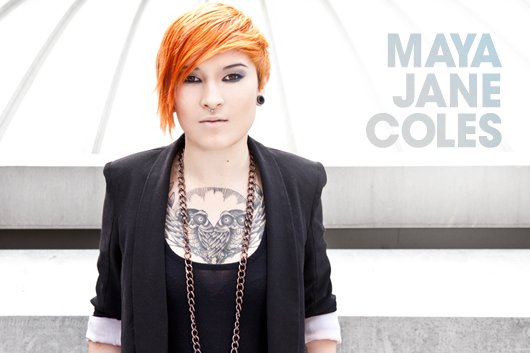
The power and freedom to take full command of one’s artistic offerings also appeals to female producers with little or no vocal training, like Kraviz and Coles. Kraviz, a self-professed “total control freak,” prefers to use her own vocals instead of hiring guest singers because, like Britton, she knows exactly what she wants and how she wants it. “I am pretty much satisfied with my voice because I know exactly how to integrate it in music,” she explains. Coles had similar motivations for recording her own vocals. “Most of the time when I’d be working alone, I’d have such a clear vision of how I’d want the vocals/melody on the track to be that it just made sense to record them myself,” she says. “Sometimes when I’m making music (especially the poppier song-based stuff that I do), I often have too much of a clear vision of how I want the top line to be and what I’m hearing in my head as the final cut. To hand that over to another vocalist to write over doesn’t make sense, as I would essentially be telling them exactly what I want anyway.”
Although Coles and her peers have exercised a relatively unprecedented amount of control over their own voices, the decision to use their vocals still presents a sort of feminist paradox. For an artist like Coles, who cut her teeth in the male-dominated arena of club music, the choice to sing on her latest EP and upcoming debut LP marked a shift into the more balanced field of pop. While short samples can lend themselves nicely to club beats, longer verses and more complicated lyrics tend to gear tracks toward a different, and perhaps wider, audience, not to mention more traditional verse-chorus-verse song structures. As more women flee club-oriented production for pop- and vocal-driven pastures, one could argue that they’re reinforcing the notion that the creation of instrumental dancefloor tracks is a man’s artistic realm. “Lyrics definitely make a track instantly catchier and more memorable,” Coles says. “It can also give people something to relate to. You can often reach out to a much wider audience [and] be a lot more universal with [a] song-based electronic track as opposed to an instrumental house/techno track.” Recognizing this split between club fans and pop listeners, Medvesek has taken a novel approach—she plans to release two edits of her forthcoming Nightwave efforts: one for the dancefloor, and one that’s what she describes as “more radio-friendly.”
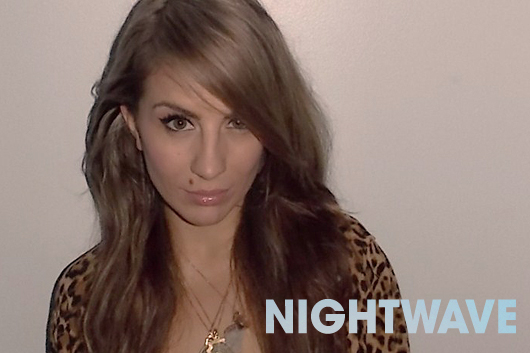
Coles is also aware of the division between the club and the pop realm, which is why the decision to shift her artistry is not something she undertook rashly. “I would have done it years ago if I had the right fan base,” she says. “For me, it was important to create a solid fan base in one place first before releasing an album that could potentially be universally accepted, but could also be potentially lost into thin air if it wasn’t marketed properly. Since the club scene had a massive influence on my productions, and as a DJ I played house and techno, it made sense to go through that route to make a name for myself. I feel like I’m at a stage now where many more people are listening out for my stuff—not just house heads—so I can be much more experimental with the genres I release and don’t have to worry about sticking to one thing.”
Britton, on the other hand, sees her decision to take charge of making her own music and engineering her vocal parts as an unique opportunity. Now, she can craft lyrical tunes in a very specific—and, more importantly, club-friendly—manner. “A track that’s very vocal can still be a dance track, but usually what happens is that it turns more into a radio track,” she explains. “I didn’t want a dancefloor track not to be a dance track anymore, just because I had a few more lines to sing.”
Photo by Georg Gatsas
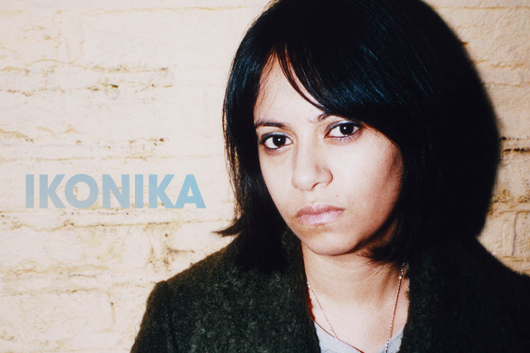
Hyperdub regular Ikonika (a.k.a. Sara Abdul-Hamid) is another producer who prioritizes club-friendliness over catchiness and pop appeal, but her approach steers clear of using vocals and solely focuses on beats. Her latest release, I Make Lists, was entirely instrumental, save for one sample of Hamid clearing her throat. “I think it’s cheating, almost,” she says, referring to an artist’s decision to include vocal hooks. “Everyone likes a good sing-a-long, and I guess I don’t want to do that. It makes your track more memorable, and for some strange reason, I’m kind of not into that. Instead of becoming drum tracks or club tracks, [a track with vocals] becomes more of a song, an arrangement.”
Hamid is a bit of an anomaly among female producers—and perhaps women in general. As a child, she was “pretty much a tomboy” who played with videogames and Legos and had no interest in the toys commonly presented to little girls, like Barbies or what she describes as “pretty things.” She started making music as a drummer, and soon joined a band operating in another notoriously male-dominated sphere: hardcore metal. This, she says, may explain why she’s less inclined to use vocals in her tunes than other female producers, who were taught to sing or play piano. “With piano, you understand the notes and you can just sing the notes because that’s your way of learning the piano,” Hamid explains. “For me, it’s more beat oriented.”
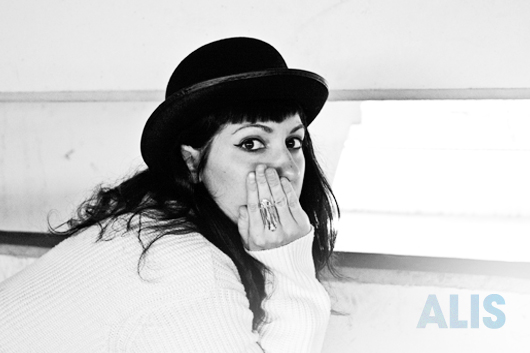
But for artists who grew up singing or songwriting, including their vocals on their digital productions, and producing tunes with more traditional song structures to accommodate those verses, is not only natural, but practically inevitable. UK producer Alis used to compose instrumental dubstep tunes under the moniker Subeena, but last year, she unveiled her new moniker and style with a music video that paired a bass-heavy track with her own singing. The decision to start singing on her tunes, she says, was an organic one. “Through the course of my life, [it was something I’ve] always been planning to do,” she says. And for a while, she had given up on the idea. “And then I just decided I enjoyed it—I came to [singing] just because I enjoy doing it.” Kraviz feels similarly, that singing is an imperative. “I sing because this is how it feels,” she says. “And because I cannot resist singing.”
Medvesek, Herndon, and Kmeto are also drawn to the direct communication singing enables, viewing instrumental production as a more coded form of expression. “As much as producing is great, I don’t think there’s anything more magical than being able to sing,” says Medvesek. “You can really, really express yourself. If I write something, it literally is just mind to paper. With producing, there’s so much other stuff involved.” Kmeto concedes that it’s often “harder to express something really direct and emotional without a vocal,” which presents a challenge to most producers, who need to “be able to make something emotional without a vocal.” Herndon refers to her vocals as “the most direct instrument you can access,” which enables a more intense and personal relationship between the audience and the performer. “It’s almost like [the audience members’] mirror neurons are firing because they’re recognizing the intent of the performer,” she says.
Photo by Patti Miller
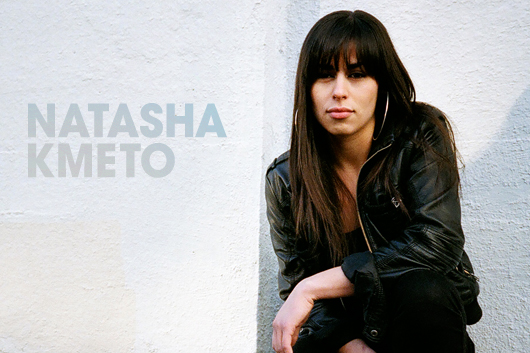
Of course, these comments suggest that female producers are more comfortable with direct emotional expression than their male counterparts. “Many men in Germany, if they are not gay, they don’t want to sound gay,” Allien says with a laugh. “Different educations bring different music. I think women are more open minded, more [likely to be] trying different things.”
Obviously, male producers often create highly emotional pieces that express their mental state, but perhaps their upbringing makes them less likely to be straightforward with their feelings. Allien draws on BPitch Control alumnus Paul Kalkbrenner as an example of an artist whose musical expression is less direct but just as emotive as lyrical communication. “[Kalkbrenner] was writing melancholic, very melancholic techno tunes, because he’s a very depressed person, and very melancholic.” She continues, “He wrote the tracks without lyrics, but you felt the melancholy. You felt the sickness, but he showed the sickness without lyrics—it’s also good.”
Photo by Crystalmafia
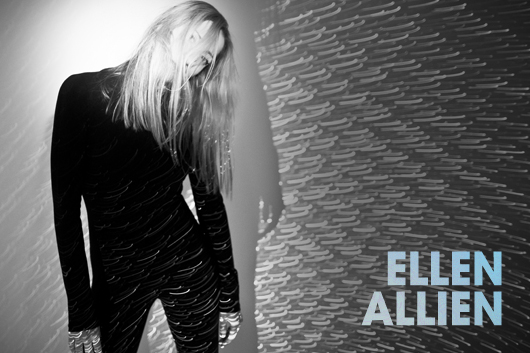
Allien’s observation that “different educations bring different music” explains why a male producer like Kalkbrenner or a tomboy like Hamid might prefer not to use lyrics to articulate their emotional or mental state. “I don’t think I’m expressive with words and lyrics or singing,” Hamid says. “I’m more interested in the backbone of a tune.” Amongst many of her female counterparts, this makes her a bit of an oddity. Like them, she values having creative control, but she isn’t drawn to vocal hooks or particularly interested in appealing to a wider fan base or radio audience. Granted, that’s how she feels now, but perhaps things could change in the future—maybe even on her next record. “I think I finished my second album, but I’m waiting for Kode9 to say yes to it all,” she says. “Actually, the last time he listened to it, he was like, ‘I think we need some vocals.'”

